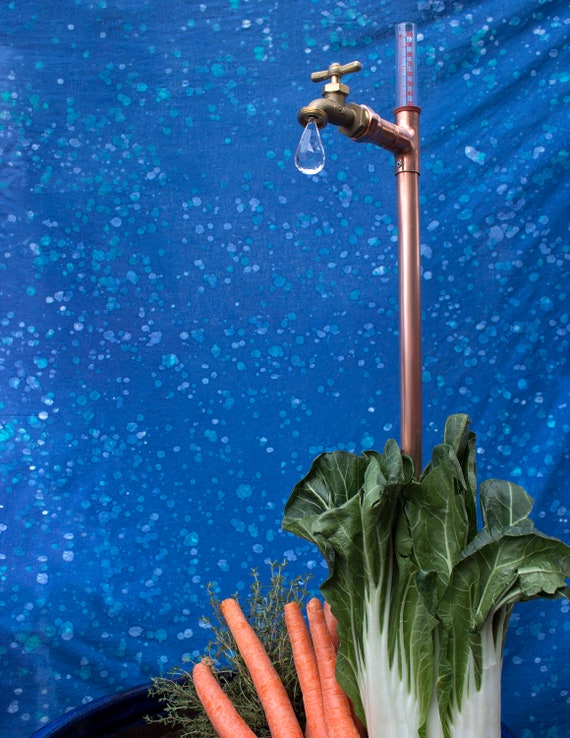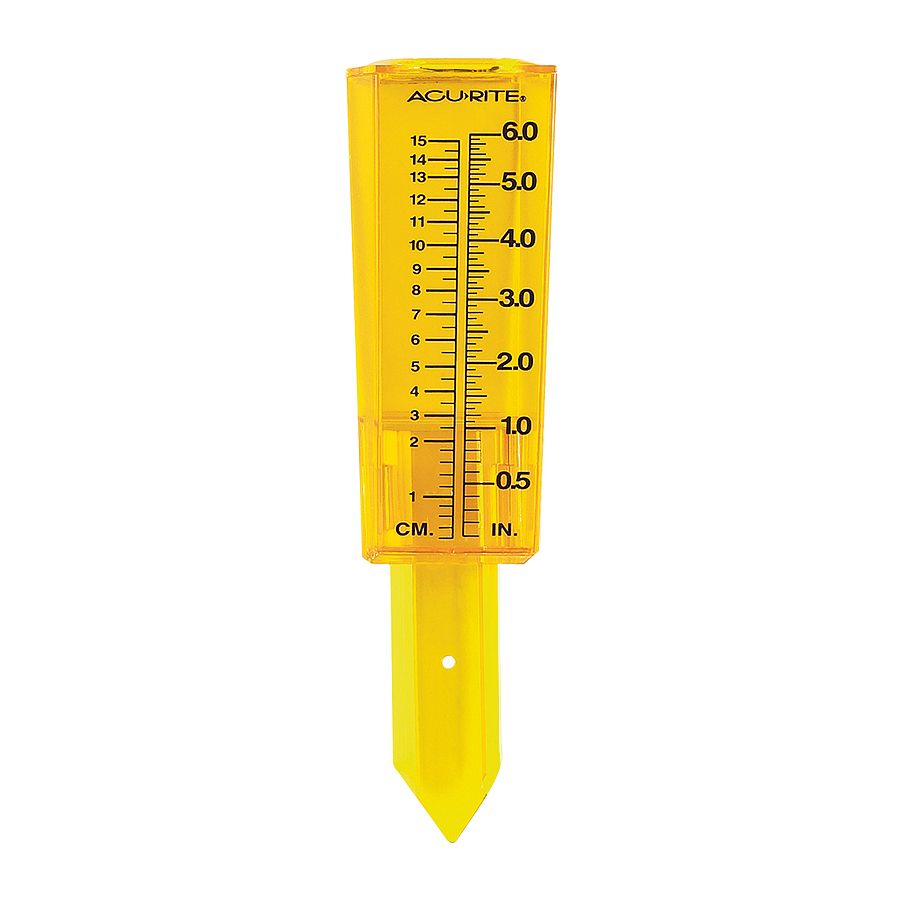DIY Rainfall Scale: Straightforward Steps to Make Your Own
Are you thinking about tracking rains in your location? Producing your very own do it yourself rainfall scale is a basic and efficient means to gauge and record precipitation. With just a couple of typical products and some basic steps, you can quickly build your own rainfall gauge in your home. In this guide, we will certainly offer you with a detailed procedure to assist you develop your own rain scale. No demand for any type of specialized expertise or devices - this job can be finished by anyone. By following these basic instructions, you will have a trustworthy tool to determine rainfall and add to your understanding of the neighborhood weather patterns. So, let's get begun on making your DIY rain scale today!
Gather Materials
To begin building your DIY rain gauge, collect all the essential materials utilizing a comprehensive checklist of items. Having the ideal products on hand will guarantee the effective creation of your rain gauge and permit for precise dimensions of rainfall. Collecting these products beforehand will enhance the building procedure and ensure that you have every little thing you require to produce your own DIY rainfall gauge.
Prepare the Container

Mark the Dimension Increments
To precisely measure the quantity of rains, properly noting the dimension increments on your do it yourself rain gauge is vital. Without exact and clear markings, it would certainly be challenging to establish the precise quantity of rains gathered in your rainfall gauge. Right here are the actions to note the measurement increments on your rainfall scale.
First, choose on the device of dimension that you intend to use. One of the most usual units for gauging rains are millimeters and inches. As soon as you have picked the device, make use of a long-term marker or waterproof paint to mark the increments on the side of your rainfall scale. For inches, you can note every quarter inch or every fifty percent inch, depending upon your choice. For millimeters, you can note every 10 millimeters or every 20 millimeters.
When marking the increments, it is necessary to make certain that they are evenly spaced and clearly visible. Make use of a leader or gauging tape to make certain precision and uniformity. Additionally, make certain that the markings are immune to fading or abrading, as direct exposure to the elements may trigger them to degrade over time.
Area the Rain Gauge Outdoors
The rain scale ought to be positioned outdoors to properly gather rainfall information. The place picked for the rain gauge need to be free and open from any type of obstructions More hints that could potentially affect the dimension of rains. The Rain Gauge.
In addition, it is important to position the rain gauge on a secure surface area, such as a degree ground or a strong message. This will protect against any type of motion or tilting of the gauge, which can cause unreliable measurements. It is also recommended to stay clear of putting the gauge near any resources of synthetic water, such as sprinklers or drainage systems, as this can hinder the accuracy of the measurements.
Screen and Document Rain Data
Regular tracking and recording of rains information is crucial for exact data evaluation and analysis. By monitoring rains measurements, you can gain valuable insights right into weather condition see here now patterns, environment patterns, and water resource monitoring. To efficiently monitor and tape-record rainfall data, it is necessary to develop a regular and maintain consistent techniques.
First of all, make sure that your rainfall scale is placed in an open location far from obstacles such as trees or buildings that might block rainfall. In addition, see to it the rainfall scale is degree and safely anchored to avoid any kind of movement that could affect the accuracy of the dimensions.

When taping the rains information, it is essential to keep in mind the date and time of each dimension. Make use of a ruler or a determining stay with establish the rains depth in the rainfall scale, and document this info accurately.
To ensure the precision of the dimensions, it is suggested to clear the rain scale after each recording. This will certainly stop any kind of overflow or dissipation from affecting succeeding dimensions.
Verdict
Finally, creating a DIY rain gauge is a functional and basic means to monitor and tape rainfall data (The Rain Gauge). By following the actions detailed in this article, you can quickly gather materials, prepare the container, note the measurement increments, and position the rainfall gauge outdoors. Routinely checking and videotaping rains data can give valuable info for various purposes
Having the right products on hand will make certain the effective creation of your rain gauge and permit for exact measurements of rainfall.To accurately gauge the amount of rains, precisely marking the measurement increments on your Do it yourself rain gauge is essential.The rain scale should try here be placed outdoors to properly accumulate rains data. The place selected for the rainfall scale should be open and totally free from any obstructions that might possibly influence the measurement of rainfall.In conclusion, producing a DIY rain gauge is a practical and basic method to keep track of and tape rainfall information.